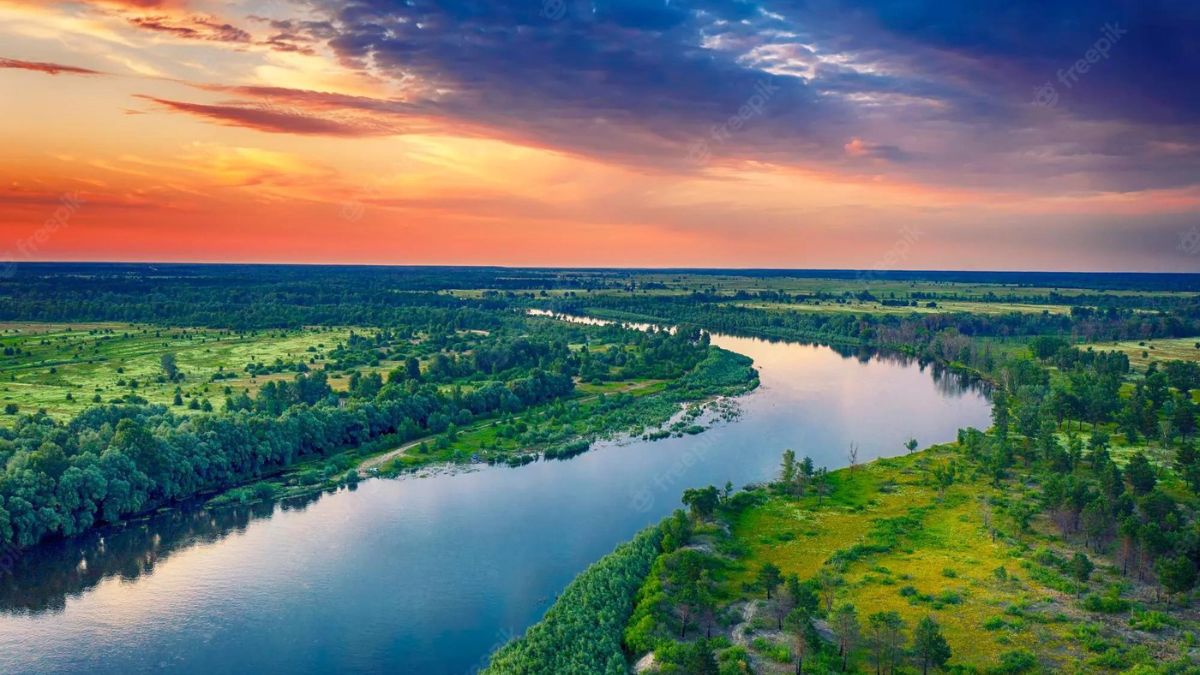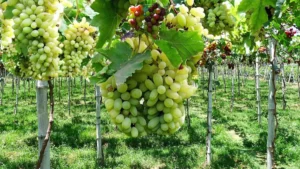Rajasthan, a land known for its deserts, relies on its rivers for sustenance. Among them, the Chambal River stands as the longest, winding through the state’s southeastern part. Originating from Madhya Pradesh, this river is crucial to Rajasthan’s agriculture, water supply, and ecological balance. Its historical significance and rich biodiversity make it an essential lifeline, deserving both recognition and conservation efforts.
Longest River of Rajasthan
The Chambal River, stretching nearly 1,024 kilometers, is the longest river flowing through Rajasthan. It originates from the Singar Chouri Peak on the northern slopes of the Vindhyan escarpment near Madav in Madhya Pradesh and eventually becomes a tributary of the Yamuna River. The Chambal is an essential part of the Gangetic drainage system, contributing significantly to the water resources in the region.
Historical Significance of Rajasthan
In ancient times, the Chambal River was known as Charmanvati and is mentioned in Hindu scriptures. It served as the southern boundary of the Panchala Kingdom, ruled by King Drupada, a prominent figure in Indian mythology. The river’s historical relevance adds to its cultural importance in Rajasthan.
Flow Through Rajasthan
The Chambal River flows through 11 districts in Rajasthan, including Chittorgarh, Bhilwara, Tonk, Dholpur, Sawai Madhopur, and Baran. Rajasthan boasts the largest catchment area for the Chambal River, covering 79,401 square kilometers, which is about 59% of the river’s total catchment area. Among the districts, Baran has the largest catchment area, while Tonk has the smallest.
Ecological Importance of Chambal River
The Chambal River is considered one of the cleanest rivers in India and supports a diverse ecosystem. It is home to a variety of riverine plants and animals, including two species of crocodiles (Gharial and Magarmach), eight species of freshwater turtles, and the endangered Gangetic river dolphin. The river’s rich biodiversity makes it a crucial habitat for many rare and endangered species.
Dams on the Longest River of Rajasthan, Chambal River
The Chambal River is regulated by a series of dams, which play a vital role in hydroelectric power generation and irrigation. The main dams on the Chambal River include:
- Gandhi Sagar Dam: Located in the Mandsaur district of Madhya Pradesh, this dam generates 115 MW of hydroelectric power. It is also a haven for migratory and non-migratory birds due to the rich flora and fauna of the Chambal River.
- Rana Pratap Sagar Dam: Situated in Rawatbhata district, Rajasthan, this dam is part of the cascade development scheme on the Chambal River. It generates 172 MW of electricity and was inaugurated by Indira Gandhi on 9 February 1970.
- Jawahar Sagar Dam: The third dam in the Chambal Valley Project, it is located 29 kilometers upstream of Kota city and 16 kilometers downstream of the Rana Pratap Sagar Dam.
- Kota Barrage: The fourth dam in the series, the Kota Barrage is located just 0.8 kilometers upstream of Kota city and plays a key role in the irrigation system of the region.
Tributaries of the Chambal River
The Chambal River is fed by numerous tributaries, some of which are quite prominent:
- Kali Sindh River: Originating in the Bagli District, this river flows for 278 kilometers through Madhya Pradesh and Rajasthan.
- Mej River: It originates near Mandalgarh and flows through Rajasthan.
- Chakan River: Formed by the confluence of several local streams, this river flows through Sawai Madhopur, Tonk, and Bundi districts.
- Kunu River: This river originates north of Guna town in Madhya Pradesh and contributes to the Chambal’s flow.
Flora and Fauna of Rajasthan’s Longest River, Chambal River
The Chambal River basin is rich in biodiversity, supporting more than 100 different plant species, including the Alkaline Babul tree, Deck tree, Indian Ash tree, Kaim, and Alma tree. The river is also home to various wildlife species, including the Black-necked stork, Sarus crane, Gangetic river dolphin, and Indian skimmer. The river’s pristine environment is crucial for the survival of these species, many of which are rare and endangered.




 Which City is known as the City of Grape...
Which City is known as the City of Grape...
 Who was Known as the Court Poet of Samud...
Who was Known as the Court Poet of Samud...
 Which City of Norway is Known as the Cit...
Which City of Norway is Known as the Cit...







